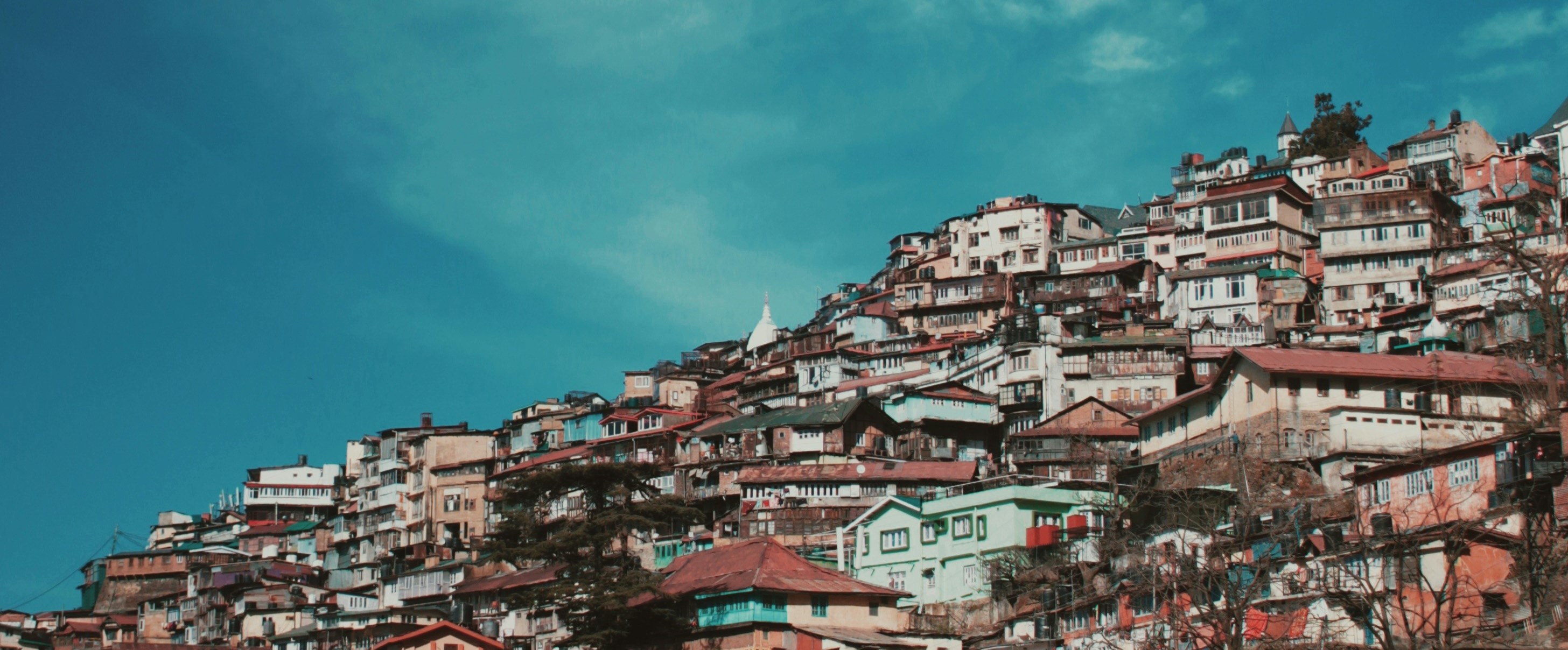Caribbean Climate Smart Islands Project
Amidst a changing climate, the Caribbean islands are particularly vulnerable, owing to their geographical isolation, limited size and availability of natural resources. Faced with this reality, it is imperative that small island nations pursue climate change adaptation measures and low carbon pathways. A greenhouse gas (GHG) emissions inventory was implemented in Harbour Island as part of the Caribbean Climate Smart Islands Project (CCSIP), a regional technical cooperation initiative supported by the Inter-American Development Bank (IDB).
CCSIP aims to demonstrate ways of moving towards a low carbon and climate resilient development through the implementation of targeted measures in three pilot islands: Harbour Island in The Bahamas, Caye Caulker in Belize, and Tobago in Trinidad and Tobago. The methodology used to develop Harbour Island’s Tourism GHG inventory is based on the Footprinting Tool of the Caribbean Carbon Neutral Tourism Program, which builds on the tools and guidelines to calculate emission factors from the UNFCCC and the International Panel on Climate Change. The mechanism aims to provide a consistent platform for the development of GHG inventories in the tourism sector of the Caribbean, while acknowledging the challenge of allocating emissions to tourists, locals, or the tourism workforce. Therefore, instead of accounting for tourism-related GHG emissions per se, the methodology reflects the total emissions of islands that rely on tourism or are considered a touristic destination as a whole. The methodology resulted in a detailed analysis of the following sources of GHG emission in Harbour Island:
(1) Electricity consumption: The electricity consumed is generated on the neighbouring island of Eleuthera and is supplied to the island through two different submarine cables with the grid falling under the responsibility of Bahamas Power & Light company. The main consumers of electricity in Harbour Island are hotels and residents. Properties often have diesel generated backup electricity which is mainly used in the case of blackouts or to operate smoothly during high season. There are incentives offering tax exemptions for the import of energy efficient appliances and products including air conditioned units.
(2) Transportation (land/water/air): There are daily ferry services from Nassau to Harbour Island with different types of vessels in use for the transportation of passengers and goods and, every Tuesday, cylinders of diesel and gasoline. There is no airport at the island and crossing from Eleuthera relies on water transportation such as water taxis. Vehicles on Harbour Island include golf carts (approx. 1500 with only 10 being electric), motorcycles and construction equipment (approx. 100 trucks). Residents and visitors temporarily bring their vehicles to the island (approx. 400 cars).
(3) Waste: There are 2 private contractors recruited by the Local Board that rotate on a monthly basis and handle and separate waste with the aim to recycle as deemed necessary. All the waste generated in Harbour Island is then shipped to a landfill in Eleuthera. Batteries are separated at the landfill to be transported to Nassau for recycling, while wood trimmings and paperboards are grinded down into mulch and used by farmers. Tyres are stocked in a separate area at the landfill. With regards to wastewater, all properties at Harbour Island have a septic tank and there is one private entity that collects waste water and transports it to Eleuthera for disposal.
(4) Water consumption: There is a water pipeline connecting Harbour Island with Eleuthera, where the wells are located. Water is distributed using electric pumps and the Water and Sewage Corporation has back up capacity for situations of power supply disruption. Several hotels at Harbour Island also have reverse osmosis systems installed to produce fresh water and as the wells that are currently being utilized by the corporation are aging, there are plans of installing a reverse osmosis plant in Eleuthera as well as an additional pipeline to Harbour Island.



